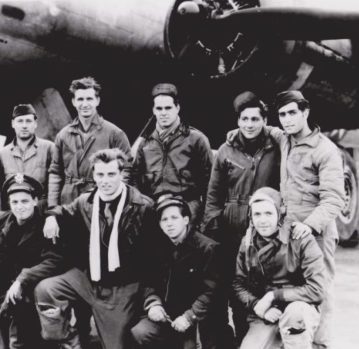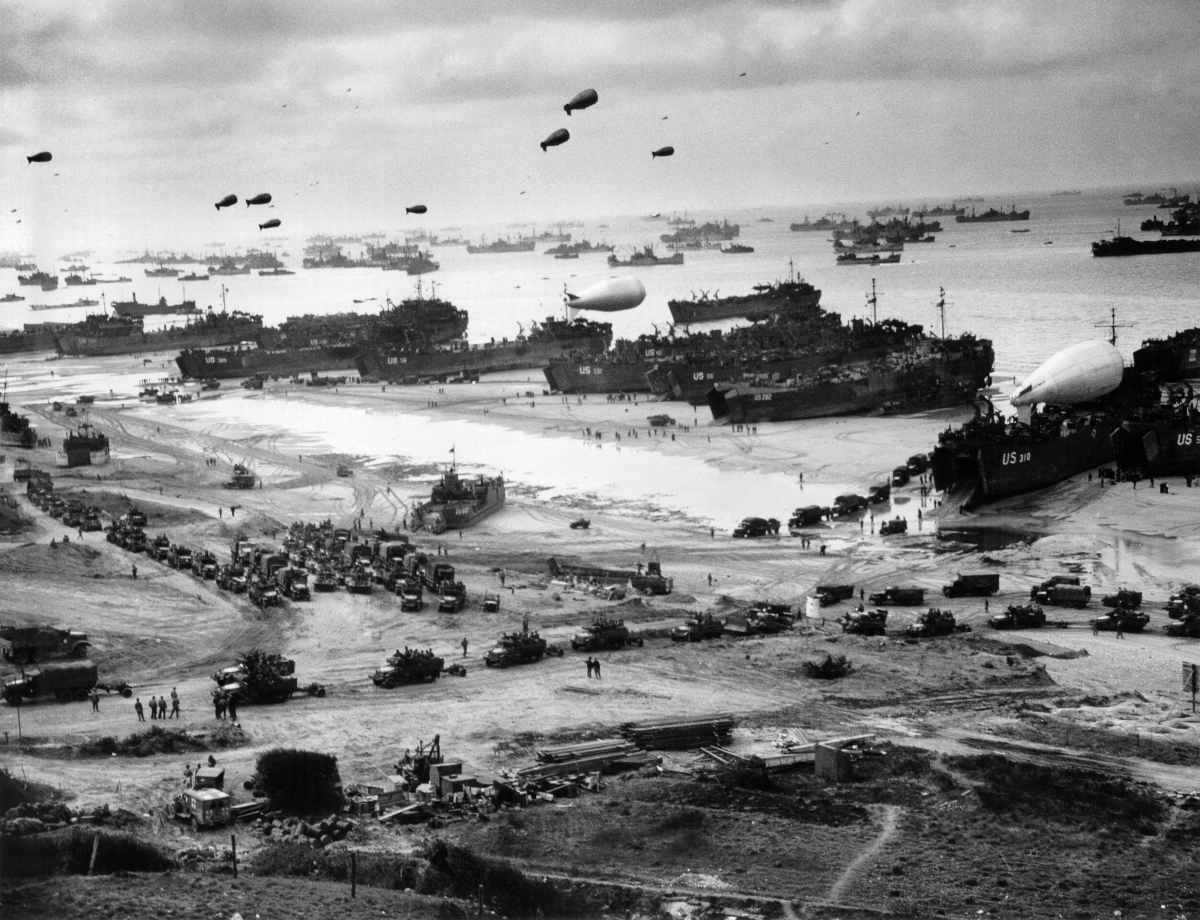One of the interesting things about living in Cambridgeshire is seeing the uniforms of U.S. servicemen and women stationed here in England. Many of these men and women serve in the U.S. Air Force, on Royal Air Force Bases, across East Anglia and the East of England. However, it wasn’t too many decades past when U.S. Army and Navy personnel were commonly seen in England as well, especially during the Second World War. Even before the attack on Pearl Harbor and the United States entering the war in December 1941, there were high-level contacts at the General Staff level between the United States and United Kingdom. In fact, as early as March 1941, the United States, United Kingdom and Canada had agreed on: “The early defeat of Germany as the predominant member of the Axis with the principal military effort of the United States being exerted in the Atlantic and European area; and a strategic defensive in the Far East.” – this was the Europe First policy which was the basis of the Allied war effort throughout the Second World War. So when the attack on Pearl Harbor came and the United States found itself at war with the Axis Powers: Germany, Japan, and Italy, it was only a short amount of time before U.S. Army and U.S. Army Air Corps (the forerunner of the U.S. Air Force) personnel began arriving in droves across England.
It was on January 26, 1942 that the first U.S. combat troops arrived in England. As U.S. forces arrived in England, they were handed a publication titled: “Instructions for American Servicemen in Britain”. Along with all sorts of useful advice to help with the large influx of Americans, servicemen were told never to insult the monarchy, and that “the British don’t know how to make a good cup of coffee, but you don’t know how to make a good cup of tea. It’s an even swap.” It is important to note that individual Americans were serving with UK and Canadian units across England in units like the Eagle Squadrons, but the organized landing of forces of the U.S. Army did not occur until January 1942.
As the staging of forces continued from January thousands of men and equipment were staged across the United Kingdom. These forces launched the first allied amphibious operation from England, the invasion of North Africa, named Operation Torch. 18,500 U.S. Army combat troops were transported from their staging bases in the United Kingdom to Oran, North Africa. These men were part of the U.S. 1st Infantry Division (The Big Red One), the 1st Armored Division (Old Ironsides), and the 509th Parachute Infantry Regiment. Fighting would rage across North Africa, and many of these men would find themselves fighting from Sicily to the Italian mainland until the end of the War.


The close proximity of Cambridgeshire and East Anglia to the industrial heart of Germany led to the development of numerous air fields for medium and heavy bombers, as well as fighter, cargo, and airborne support aircraft, arriving from the United States to work with RAF Bomber Command in the strategic bombing campaign against the Axis Powers.
In June 1944, the long-awaited invasion of France was launched from staging points across England, with U.S., British, Commonwealth, and Allied troops storming the beaches of Normandy in Operation Overlord. These forces would drive on to liberate France, the Netherlands, Belgium and Luxembourg, and invade Germany, meeting the Soviet Allies on the Elbe. Amazingly, onboard over 1,200 aircraft and 5,000 ships, 160,000 allied troops were landed in France on June 6, 1944. By the end of August, 3 million allied troops were transported from England to France, a staggering feat of human achievement.

By the end of the war, 1.5 million U.S. servicemen and women had been stationed in England, or passed through to combat operations in Europe.
The military cooperation and deep relationship between the United Kingdom and the United States, which continues to this day, remained at the end of the Second World War. NATO was formed in response to new threats from the Soviet Union and its Allies, and the United Kingdom remained critical to Allied efforts through the Cold War. Today, almost two decades after the end of the Second World War, the presence of U.S. servicemen and women across Cambridgeshire is a point of pride for those of us who live here, reminded of our shared military history.
For more information on the U.S. military in England during the Second World War, visit the National Archives website: http://www.nationalarchives.gov.uk/help-with-your-research/research-guides/second-world-war/





